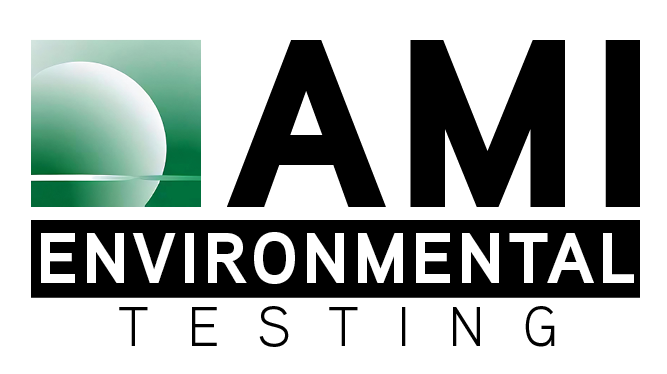May 14, 2024
Ozone is a double-edged sword. In our atmosphere, it acts as a protective layer; however, it is a harmful pollutant at ground level. To tackle its detrimental effects, various ozone remediation methods have been developed.
- Ground-level ozone reduction: Ground-level ozone, formed by the reaction of nitrogen oxides (NOx) and volatile organic compounds (VOCs) in the presence of sunlight, is a major component of smog and poses significant health risks. Remediation efforts focus on reducing emissions of NOx and VOCs from sources such as vehicles, industrial processes, and power plants. Strategies include the implementation of emission controls, vehicle inspections, and maintenance programs, and the promotion of cleaner technologies.
- Ozone scrubbers: Ozone scrubbers, also known as ozone destructors, are devices designed to remove ozone from air or water streams. These systems typically use chemical reactions or catalytic converters to convert ozone molecules into oxygen or other harmless compounds. Ozone scrubbers are commonly used in industrial settings where ozone is generated as a byproduct, such as water treatment plants, semiconductor manufacturing facilities, and printing shops.
- Biological remediation: Some microorganisms have the ability to degrade ozone through enzymatic reactions. Biological remediation methods harness the natural metabolic processes of these microorganisms to break down ozone into non-toxic byproducts. Research is ongoing to explore the potential of biological remediation as a sustainable and cost-effective approach to ozone pollution control.
- Ozone monitoring and forecasting: Effective remediation requires accurate monitoring and forecasting of ozone levels to identify pollution hotspots and anticipate air quality degradation events. Advanced monitoring technologies, such as ground-based sensors, satellites, and atmospheric modeling techniques, enable real-time tracking of ozone concentrations and support the development of targeted remediation strategies.
- Public awareness and education: Education and outreach initiatives play a crucial role in ozone remediation by raising awareness about the sources and health effects of ozone pollution and promoting individual and collective actions to reduce emissions. Public education campaigns, community engagement programs, and environmental advocacy efforts help mobilize support for policies and measures aimed at improving air quality and protecting public health.
Contact AMI Environmental to learn more about the ozone testing and remediation services we offer.



